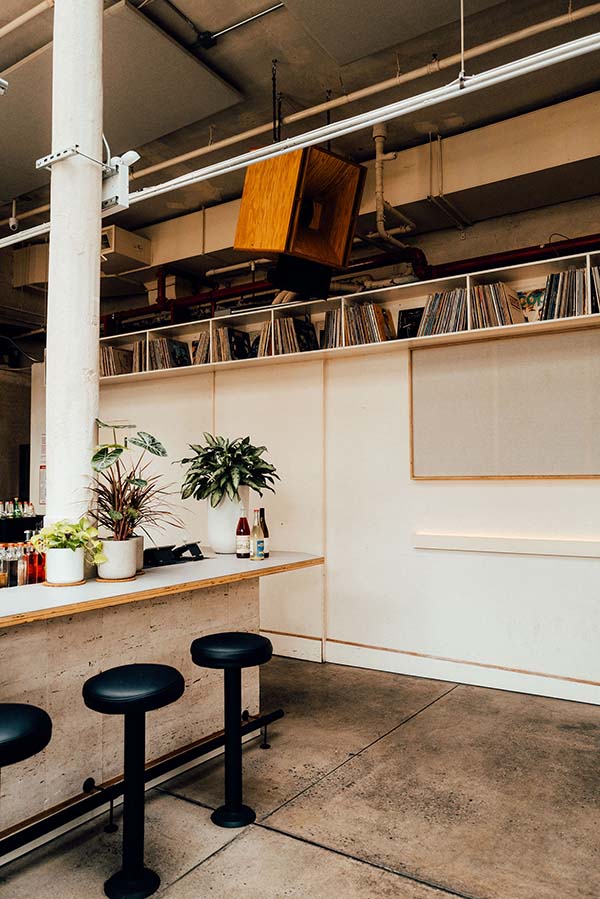Public records in Brooklyn, New York, offer a treasure trove of historical and legal information, including photographs that document the city's vibrant past. These records serve as an invaluable resource for researchers, historians, genealogists, and anyone interested in uncovering the rich tapestry of Brooklyn's history. From old building permits to crime scene photos, these documents provide insight into the city's evolution over time.
Brooklyn, often celebrated for its cultural diversity and architectural landmarks, has meticulously preserved its public records. These records, including photographs, offer a glimpse into the lives of past residents, significant historical events, and the architectural development of the borough. Whether you're tracing your family's roots, researching for a historical project, or simply fascinated by Brooklyn's storied past, public records are an essential tool.
Accessing public records in Brooklyn, especially those containing photographs, has become easier with advancements in digital technology. Many records are now available online through government portals, archives, and libraries. This article will guide you through the process of locating, accessing, and utilizing these invaluable resources, ensuring that you can explore Brooklyn's history in vivid detail.
Read also:Unpacking David Peraltas Analytical Impact Fangraphs Insights
Understanding Public Records in Brooklyn
What Are Public Records?
Public records refer to official documents maintained by government entities, including birth certificates, marriage licenses, property deeds, and more. In Brooklyn, these records also include photographs documenting significant events, people, and places. These records are accessible to the public under the Freedom of Information Law (FOIL), ensuring transparency and accountability in government operations.
- Public records are maintained by government agencies.
- They include photographs, legal documents, and historical archives.
- Access is granted under the Freedom of Information Law (FOIL).
For example, the Brooklyn Public Library and the Brooklyn Historical Society house extensive collections of photographs that capture the borough's transformation over the decades. These images provide a visual narrative of Brooklyn's growth and development, making them invaluable for historical research.
The Importance of Public Records
Public records play a crucial role in preserving Brooklyn's history. They serve as primary sources for researchers, offering authentic and reliable information. Photographs, in particular, provide a tangible connection to the past, allowing us to see how Brooklyn looked decades ago. From street scenes to significant landmarks, these images help paint a vivid picture of the borough's evolution.
Additionally, public records are essential for legal and administrative purposes. Property deeds, for instance, are crucial for establishing ownership and resolving disputes. Similarly, photographs of historical sites can be used to support preservation efforts or architectural restoration projects.
Brooklyn's Historical Archives
Photographic Collections in Brooklyn
Brooklyn boasts an impressive collection of historical photographs, many of which are part of the borough's public records. These images document everything from everyday life in the 19th century to major historical events. The Brooklyn Historical Society and the Brooklyn Public Library are two key institutions that house these collections.
- Brooklyn Historical Society: Over 30,000 photographs capturing Brooklyn's history.
- Brooklyn Public Library: Extensive archives of photographs and documents.
These collections include photographs of famous landmarks like the Brooklyn Bridge, as well as lesser-known neighborhoods and streets. They offer a comprehensive view of Brooklyn's past, making them invaluable for researchers and enthusiasts alike.
Read also:Pain In Pelvis When I Cough Understanding Causes Symptoms And Treatment Options
Digitization of Brooklyn's Public Records
The digitization of public records has revolutionized the way we access historical information. Many of Brooklyn's photographic archives are now available online, allowing researchers from around the world to explore the borough's history without leaving their homes. This digital transformation has made it easier to preserve and share these records with a global audience.
Key digital repositories include:
- Brooklyn Public Library's Digital Collections
- New York City Municipal Archives
These platforms provide high-resolution images and detailed metadata, ensuring that users can fully appreciate the historical significance of each photograph.
How to Access Public Records in Brooklyn
Step-by-Step Guide
Accessing public records in Brooklyn, including photographs, involves a straightforward process. Here's a step-by-step guide to help you get started:
- Identify the type of record you're looking for (e.g., photographs, property deeds).
- Visit the relevant repository, such as the Brooklyn Public Library or the Brooklyn Historical Society.
- Search their online catalog or database for the specific record you need.
- Request access to the record, either in person or through their online platform.
Many repositories offer online access to their collections, making it easier than ever to explore Brooklyn's rich history.
Using FOIL Requests
If the record you're looking for isn't available online, you can file a Freedom of Information Law (FOIL) request. This legal process allows you to obtain records that are not publicly available. To file a FOIL request:
- Submit a written request to the relevant government agency.
- Specify the records you're seeking and provide a clear rationale for your request.
- Include your contact information for follow-up communication.
FOIL requests are an effective way to access records that may not be readily available through online platforms.
Legal Considerations for Public Records
Privacy and Public Records
While public records are generally accessible, certain types of information may be restricted to protect individual privacy. For example, photographs of individuals taken in private settings may not be available to the public. It's important to understand these limitations when accessing public records in Brooklyn.
Key considerations include:
- Privacy laws that govern the release of personal information.
- Restrictions on the use of photographs for commercial purposes.
Always ensure that you comply with legal guidelines when using public records for research or personal projects.
Intellectual Property Rights
Photographs included in public records may be subject to copyright or intellectual property laws. While many images are in the public domain, others may require permission for use. Always verify the copyright status of any photograph before using it in a publication or project.
Resources like the U.S. Copyright Office can help you determine the legal status of a photograph. Additionally, many repositories provide usage guidelines for their collections, ensuring that users remain compliant with legal requirements.
Utilizing Public Records for Research
Research Techniques
When using public records for research, it's important to employ effective techniques to ensure accuracy and reliability. Start by identifying your research goals and the specific records you need. Then, use online databases and catalogs to locate relevant materials. Finally, analyze the information carefully, cross-referencing it with other sources when possible.
Key research techniques include:
- Keyword searches to find specific records.
- Using metadata to understand the context of photographs.
- Verifying information through multiple sources.
These techniques will help you conduct thorough and accurate research using Brooklyn's public records.
Case Studies
Several case studies demonstrate the value of public records in Brooklyn. For example, a researcher studying the evolution of Brooklyn's architecture used photographs from the Brooklyn Public Library's archives to trace the development of iconic buildings like the Williamsburg Savings Bank. Similarly, genealogists have used public records to uncover family histories, connecting with ancestors through photographs and documents.
These case studies highlight the diverse applications of public records, proving their importance in both academic and personal research.
Preservation of Public Records
Challenges in Preservation
Preserving public records, especially photographs, presents unique challenges. Environmental factors like temperature and humidity can damage physical records, while digital records face threats from data corruption and obsolescence. To address these challenges, repositories in Brooklyn employ advanced preservation techniques, including climate-controlled storage and regular data backups.
Key preservation strategies include:
- Digitizing physical records to ensure long-term accessibility.
- Implementing strict environmental controls for physical archives.
- Regularly updating digital storage systems to prevent data loss.
These efforts ensure that Brooklyn's public records remain accessible for future generations.
Community Involvement
Community involvement is crucial for the preservation of public records. Local residents and organizations can support preservation efforts by volunteering their time, donating resources, or advocating for increased funding. By working together, we can ensure that Brooklyn's rich history is preserved for future generations.
Opportunities for community involvement include:
- Volunteering at local archives and libraries.
- Participating in fundraising initiatives.
- Attending workshops and training sessions on preservation techniques.
Engaging the community in preservation efforts strengthens our collective commitment to preserving Brooklyn's history.
Conclusion
Public records in Brooklyn, including photographs, offer a fascinating glimpse into the borough's rich history. From documenting significant events to preserving architectural landmarks, these records play a vital role in our understanding of Brooklyn's past. By accessing and utilizing these resources, we can gain valuable insights into the lives of past residents and the development of the city.
As you explore Brooklyn's public records, remember to adhere to legal guidelines and employ effective research techniques. Whether you're a historian, genealogist, or simply a curious resident, these records provide a wealth of information that can enrich your understanding of Brooklyn's vibrant history.
We invite you to share your thoughts and experiences in the comments below. Have you discovered any interesting photographs or documents in Brooklyn's public records? Let us know! And don't forget to explore our other articles for more insights into Brooklyn's fascinating past.
Table of Contents
- Understanding Public Records in Brooklyn
- Brooklyn's Historical Archives
- How to Access Public Records in Brooklyn
- Legal Considerations for Public Records
- Utilizing Public Records for Research
- Preservation of Public Records
- Conclusion

